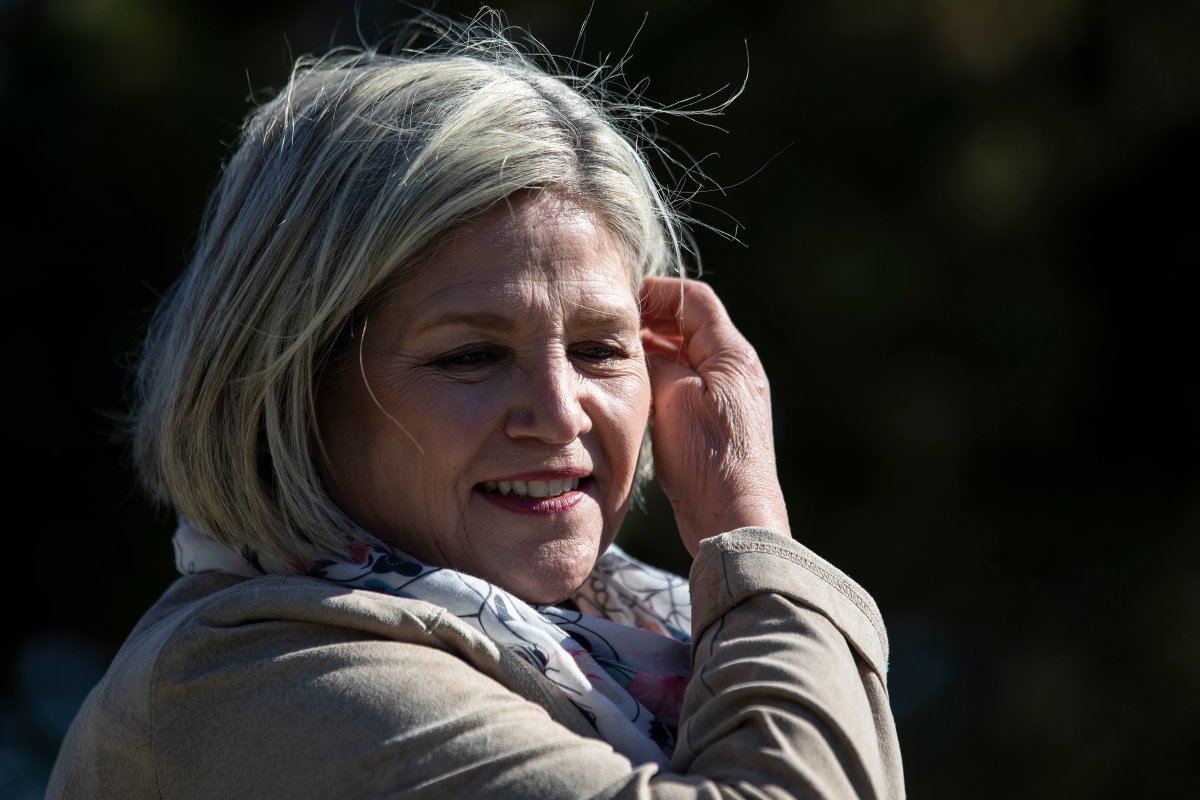Hamilton, Ont.’s mayor says protecting the city’s interests will be her focus as the province begins a quest to satisfy growth initiatives through the development of the province’s Greenbelt.

Andrea Horwath is calling the Ford government’s capacity to sell off environmentally sensitive land to help build 1.5 million homes over 10 years as “not an authority” she appreciates the use of and doesn’t expect city politicians to completely surrender to the process.
“Our challenge now is how do we make sure that as little damage is done as possible,” Horwath said.
“That’s kind of where I’m focused … at the end of the day, the province has the authority to override our wishes.”
Earlier in July, councillors voted to play along with the province “under protest” after staff recommended engaging provincial land and development facilitators when they are deployed to the city.
Hamilton’s director of planning said resistance to working with the province or landowners in the Greenbelt removal lands could force the issuing of a Minister’s Zoning Order (MZO) allowing development to proceed without any input from the municipality.
Despite the decision to participate in discussions, some frustrated councilors in mid-July went as far as insinuating they might take to sitting in front of a bulldozer to block construction.
That’s not something Horwath says she’ll sign on for.
“No, I won’t be doing that,” she said.
“But I don’t think that we should just walk away and not do anything, so that’s why I’m hoping that we can have very serious conversations with the government in terms of protecting the city’s interests.”
Ward 15 councillor Ted McMeekin, who offered up the thought of blocking a bulldozer, says the overriding of council’s decision to create its own “community’s DNA” through infill and intensification puts the city’s “hopes and dreams” at stake.
“To arbitrarily intrude in the manner that we’re seeing is just shameful,” he said.
“It would be shameful for us not to stand up and speak out.”
Talk is how the premier appears to want to approach the matter, suggesting in a July 13 visit he was “looking forward to working with the mayor and discussing that.”
The premier didn’t comment on hints from councillors that the removal of 795 hectares of Greenbelt land in Hamilton was less than transparent, only saying the region needs to do its “fair share” to help build homes.
Characterizing the province as the “fastest growing region” in North America, he suggested the pressure to build comes from creating “a thriving economy” that will bring thousands to the city for work in addition to “newcomers, refugees and immigrants.”
He said Hamilton’s “tremendous amount of land” can provide “affordable, attainable and just regular homes” for those segments.
“My question back to them, where are they going to live?” he said.
“Are we going to put them in a tent city in a park? No. We need to build homes.”
In a November 2021 vote, Hamilton politicians opted to hold firm to the city’s urban boundary, and instead accommodate future population growth through a combination of infill and intensification.
Housing Minister Steve Clark and the Ministry of Municipal Affairs and Housing overruled that decision and forced a “rural plan” with amendments to develop “Greenbelt” areas in and around the city.
Environmental Defence program manager Phil Pothen, who’s been assessing potential threats in developing the Greenbelt, says to his knowledge about 500 acres of the Greenbelt have been purchased so far in the Duffins Rouge Agricultural Preserve, east of Toronto.
Hamilton council’s vote to go along with the province’s process is of concern to his organization insisting it may be misconstrued by the public as acceptance, according to Pothen.
He submits the province could use the decision as “some pretext” to claim the city is on board with the process despite instructions for staff to communicate there is “no sustainable way” to develop the lands to facilitators.
“I’ve spoken to councilors who voted for this meeting with the provincial facilitator, and it’s worth noting they have said very clearly nothing that they have done is about acquiescing to the provincial development of greenbelt land in Hamilton,” he said.
Definition of the term “attainable” is something Horwath wants to broach with the Ford government since she’s not sure what it means and has not seen any plans suggesting how affordability would be fulfilled.
“Depending on which community you live in, attainable, will look different,” she said.
“Housing in Hamilton is going to be different to attainable housing in let’s say Windsor, so there’s really some work that needs to be done to kind of tease out exactly what that means.”








Comments